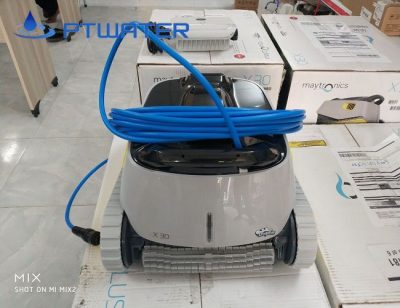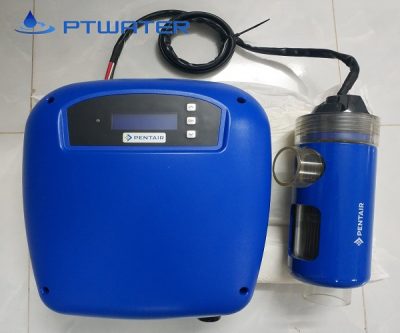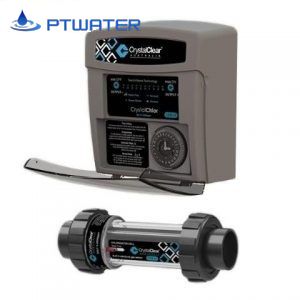



Wastewater treatment technology plays an especially important role and affects the efficiency of the wastewater treatment system . It is obvious, not in the field of wastewater treatment, that any other field of technology is always playing a key role in boosting the system. Environmental and external factors, with different conditions, need to use different technologies and solutions. Talking about wastewater treatment , today we would like to continue the article on understanding the technology is still unfinished, so many things we want to share, introduce to you without time. The technology we learn today is the SBR, which explores the principles and implications for performance in real world situations.
SBR ( Sequencing batch reactor ) Technology of domestic wastewater treatment with batch biological technology, introduced as a high efficiency wastewater treatment solution combined with
SBR wastewater treatment technology There are two tank clusters: Selector tank and C – tech tank. Sequencing Batch Reactor (SBR) is a biological waste water treatment tank. This is a form of Aerotank. The water is taken into the Selector tank first and then through the C – tech tank. Selector tank will be aeration continuously to facilitate the process of aerobic processing takes place. The water is then transferred to the C-tech tank. The SBR works in a cyclic phase with five phases: Fill, Aeration, Sedimentation, Drainage and Rest. Each rotation step will be carefully selected based on the expertise of the biological response. The SBR system requires periodic operation to control the process. Cycle operations control the entire phase of the processing cycle. Each rotation step will be carefully selected based on the expertise of the biological response.

To find out why the SBR wastewater treatment technology is considered to be a highly efficient wastewater treatment solution, PT would like to introduce you to some of the collection materials or research works. effects of concentration sludge to the treatment efficiency of domestic wastewater using technology bioreactor batch (SBR) and find out the content of the mud optimized to handle waste water with high efficiency made by ” Group research of the Institute of Environmental Science and Technology “University of Archeology.

Through this study, we can see the advantages of the SBR wastewater treatment technology mentioned above,
Flexibility in processing. The anaerobic conditions during the wastewater and agitation stage will help to reduce the nitrate and phosphorus degradation. During the aeration phase, the nitrification process and the phosphorus uptake of biomass are carried out. The process of treating the phosphorus in the SBR tank depends a great deal on the amount of organic matter entering and the amount of nitrate present in the sludge retained from the previous work cycle. The nitrification, nitrate reduction and phosphorus removal processes are closely related to the low organic loading of the SBR system. If the organic matter content is relatively stable, the organic loading will depend largely on the amount of sludge in the reactor.
Results analysis process

Waste sludge technology increased from 1,000 to 2,000mg / l, the efficiency of COD and TN increased respectively. However, the treatment efficiency decreased as the amount of sludge continued to increase to 3,000 mg / l, the higher the sludge content, the better for the phosphorus treatment bacteria. The sedimentation capacity of the sludge is relatively good, the average mud volume index ranges between 43-72ml / g muddy